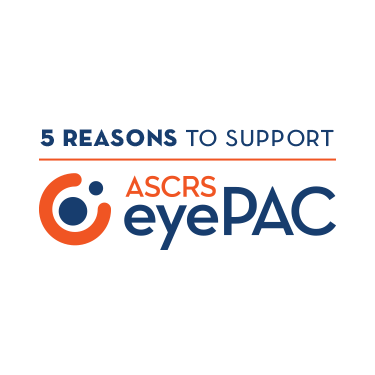Purpose:
To assess the effect of LipiFlow on meibomian gland (MG) structure in dry eye disease (DED) patients with meibomian gland dysfunction (MGD). We hypothesized that we would find improved MG function and possible improvement in visible gland structure (VGS) in patients who underwent LipiFlow versus those with MGD who did not receive the treatment.
Methods:
A retrospective observational study in patients with DED and MGD compared visible gland structure at baseline with VGS after at least 1 year in patients treated with LipiFlow versus untreated controls. VGS was captured using dynamic meibomian imaging. A novel morphometric analysis technique using Adobe Photoshop software was used to quantify the VGS area. Additional metrics captured at baseline and after 1-year post-treatment were: Tear break up time, corneal staining, tear osmolarity, MMP-9, meibography grading, and MG function. Data from patients who received LipiFlow therapy was compared against an MGD control group who received but declined a recommendation for LipiFlow.
Results:
Of 39 treatment eyes, 0% showed no change in VGS post-therapy, 20.5% had a decline ≤ 5%, 7.6% a decline 5-10%, and 2.6% a decline >10%. 46.1% of eyes showed improvement in VGS ≤ 5%, 15.5% improved between 5-10%, and 7.7% improved >10%. Of 17 control eyes, 0% showed no change in VGS, 65% showed a decline ≤ 5%, 5.9% a decline 5-10%, and 0% a decline >10%. 29% of eyes improved ≤ 5%, 0% improved 5-10%, and 0% improved >10%. Of control eyes with improvement in VGS, 80% were < 1%="" and="" 20%="" between="" 1-3%.="" overall,="" 69.3%="" treated="" eyes="" showed="" improvement="" in="" and="" 71%="" control="" eyes="" a="" decline="" in="" vgs.="" tbut,="" corneal="" staining,="" and="" mg="" function="" significantly="" improved="" in="" the="" treatment="" versus="" the="" control="" group.="" 1%="" and="" 20%="" between="" 1-3%.="" overall,="" 69.3%="" treated="" eyes="" showed="" improvement="" in="" and="" 71%="" control="" eyes="" a="" decline="" in="" vgs.="" tbut,="" corneal="" staining,="" and="" mg="" function="" significantly="" improved="" in="" the="" treatment="" versus="" the="" control="" />
Conclusions:
A novel morphometric analysis of VGS provided clinically meaningful data undetectable with standard semiquantitative grading methods. This is the first report indicating that gland structure may increase post-LipiFlow relative to controls, presenting significant implications regarding the benefits and timing of intervention with LipiFlow.



